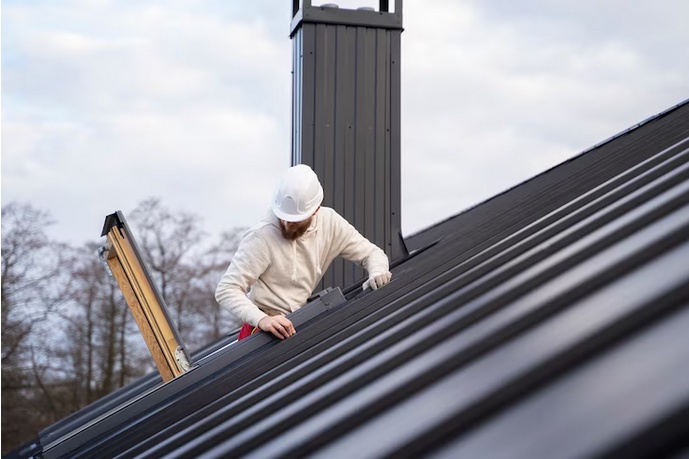Introduction:
Investing in comfort through roof insulation is a critical consideration for homeowners seeking energy efficiency and climate control. This article explores the various factors influencing the cost of roof insulation, emphasizing the long-term benefits and potential savings associated with this investment.
1. Types of Roof Insulation:
Understanding the different types of roof insulation is essential for assessing costs. Common options include fiberglass, cellulose, spray foam, and reflective foil. Each type comes with its unique features and cost considerations. Fiberglass, for example, is a popular and cost-effective choice, while spray foam offers high efficiency but comes at a higher initial cost.
2. Material Costs:
Material costs constitute a significant portion of the overall expense of roof insulation. The type and quality of insulation material chosen impact the total cost. It's crucial to strike a balance between upfront expenses and long-term benefits. High-quality materials may have a higher initial cost but often result in better insulation performance, leading to increased energy savings over time.
3. Installation Costs:
The installation process is a critical factor influencing the overall cost of roof insulation. Professional installation ensures the insulation is correctly applied, maximizing its effectiveness. Labor costs can vary based on the complexity of the job, the type of insulation, and the size of the roof. DIY options may seem cost-effective initially, but improper installation can compromise the insulation's efficiency and lead to higher long-term costs.
4. Roof Size and Shape:
The size and shape of the roof directly impact insulation costs. Larger roofs require more material and labor, contributing to higher expenses. Complex roof structures with multiple angles or slopes may also increase installation difficulty, affecting overall costs. It's essential to consider these factors when estimating the budget for roof insulation.
5. Regional Climate:
The local climate plays a significant role in determining the appropriate level of insulation needed. Homes in colder climates require thicker insulation to retain heat, while those in warmer regions may prioritize materials that reflect sunlight. Tailoring insulation choices to the specific climate not only enhances comfort but also contributes to energy efficiency and potential cost savings.
6. Energy Savings and Return on Investment (ROI):
One of the key considerations when assessing the cost of roof insulation is the long-term impact on energy savings. While the initial investment may seem substantial, the potential for reduced heating and cooling bills over time can result in a positive ROI. Homeowners should consider insulation as a strategic investment that pays off in the form of lower energy expenses and increased property value.
7. Government Incentives and Rebates:
Many governments offer incentives and rebates to encourage energy-efficient practices, including the installation of insulation. Homeowners should research available programs that can help offset the initial cost of roof insulation. Taking advantage of these incentives not only makes the investment more affordable but also contributes to environmental sustainability.
8. Maintenance and Durability:
The durability of the chosen insulation material influences long-term costs. Some materials may require less maintenance and replacement over time, contributing to overall savings. Considering the lifespan and maintenance requirements of the selected insulation is crucial for an accurate cost assessment.
Conclusion:
Investing in comfort through "roof insulation cost" involves various factors, from material choices and installation costs to regional climate considerations. While the upfront expenses may seem significant, the long-term benefits, including energy savings and potential government incentives, make roof insulation a strategic and cost-effective investment. Homeowners should carefully weigh the costs against the expected returns, recognizing the role insulation plays in enhancing comfort, reducing energy consumption, and contributing to a sustainable living environment. As the global focus on energy efficiency grows, the value of a well-insulated roof becomes not only a comfort-enhancing measure but also a wise financial decision for homeowners.


No comments yet